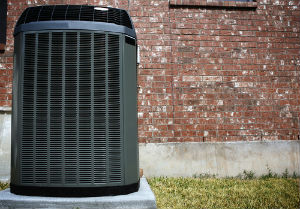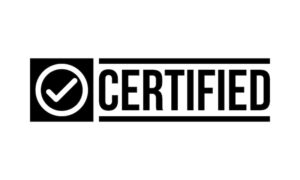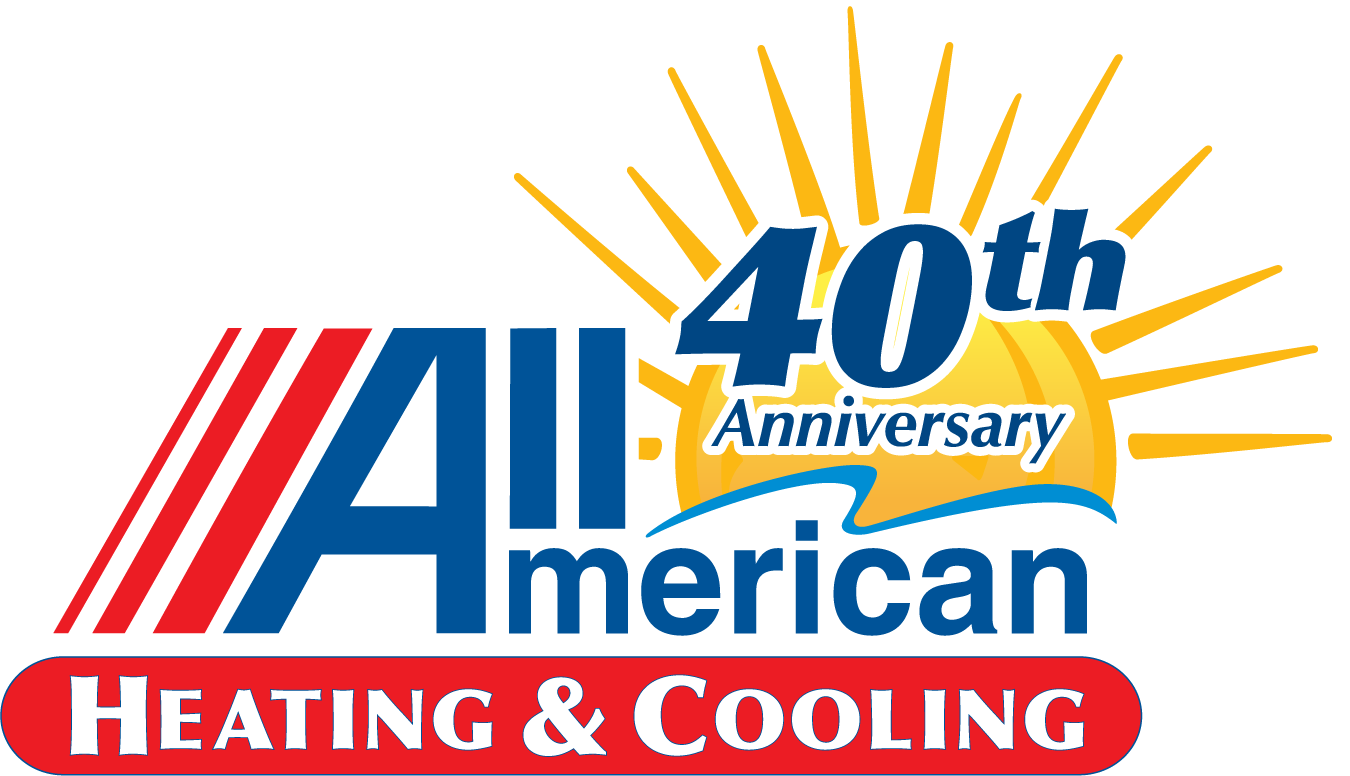4 Reasons Proper Heat Pump Selection and Installation Are Essential
 Heat pump performance and efficiency are directly related to careful heat pump selection and installation. The advanced technology incorporated in heat pumps has the potential to produce energy-saving results and indoor comfort superior to standard furnace/air conditioner combos. Yet, these systems also come with a narrower margin for error when selecting the right unit and installing it correctly. Meeting this higher standard means careful attention to choosing the appropriate heat pump with the help of an experienced HVAC contractor, then insisting on a professional heat pump installation by a qualified team of technicians.
Heat pump performance and efficiency are directly related to careful heat pump selection and installation. The advanced technology incorporated in heat pumps has the potential to produce energy-saving results and indoor comfort superior to standard furnace/air conditioner combos. Yet, these systems also come with a narrower margin for error when selecting the right unit and installing it correctly. Meeting this higher standard means careful attention to choosing the appropriate heat pump with the help of an experienced HVAC contractor, then insisting on a professional heat pump installation by a qualified team of technicians.
Shopping for Efficiency
Because a heat pump pulls double duty both heating and cooling your home, a single energy-efficiency rating doesn’t tell you all you need to know to make the right heat pump selection. In summer, the system extracts heat from the house at the evaporator coil and conveys it outdoors to be dispersed into the air by the condenser coil. During winter, the system coils trade functions and the outdoor coil acts as a highly-efficient evaporator to absorb latent heat energy in outdoor air and transfer it indoors where it’s dispersed into the ductwork by the condenser.
Heat Pump Efficiency Ratings
- Heating system performance factor (HSPF) – To evaluate the efficiency of a heat pump in heating mode, note the system’s HSPF displayed on the yellow Energy Guide sticker. HSPF calculates the total amount of heat produced in BTUs divided by the electrical consumption of the unit including defrosting and back-up supplemental heat over an entire heating season. The higher the HSPF, the more energy-efficient the heat pump. As of January 1, 2015, all split system residential heat pumps will be required to have a minimum HSPF of 8.2.
- Seasonal energy efficiency ratio (SEER) – Like standard central air conditioners, the cooling efficiency of a heat pump is represented by its SEER. SEER expresses the ratio of heat removed in BTUs versus the kilowatt hours of electricity consumed, tested across a range of outdoor temperatures and averaged out over a typical 1,000-day cooling season. The current federal minimum SEER for heat pumps is 13. On January 1, 2015, the minimum will increase to 14.
Installation Matters
Professional heat pump installation is a must-have for heat pump systems. Failure to get the job performed by qualified technicians with accepted credentials can build-in efficiency and performance shortfalls that will plague the homeowner for as long as the system’s in use. Some of the characteristics of a heat pump installation by trained professionals include:
- Right sizing – Systems that are oversized or undersized are notoriously inefficient and produce substandard comfort, as well. No reputable pro will conduct a heat pump installation without first accurately calculating the heating and cooling load on the home. Utilizing industry-standard Manual J software, he’ll gather data about the unique thermal characteristics of the house then generate an accurate estimate of the BTU capacity required to heat and cool the home effectively and efficiently.
- Duct sealing – Connecting a new heat pump to an aging, leaky duct system isn’t a cost-efficient upgrade strategy. Residential ducts typically leak at least 20 percent of the conditioned air they convey. You may already be paying high operating costs because you’re heating or cooling your attic or crawl space due to leaky ductwork. During heat pump installation, your HVAC contractor may inspect and pressure test the ducts to determine the extent of leakage, then use a variety of techniques to pinpoint and seal the leaks.
- Insulation issues – Installing a new system is a good time to evaluate and upgrade attic insulation. By present Department of Energy (DOE) standards, most homes older than 10 years are under-insulated. Roll-out fiberglass batts or blown-in cellulose loose fill insulation can be added to the existing layer to bring the level up to meet current energy efficiency criteria.
- Dedicated returns – For maximum comfort and efficiency, each room in the house with a supply vent should have its own return vent. Where this isn’t possible, the contractor will take steps to ensure that a clear air path exists from each room back to the central return duct by installing air pass-through grilles in doors or jumper ducts through the ceiling to connect rooms without dedicated returns.
For more advice on matching a proper heat pump selection with a professional heat pump installation in your Sarasota home, contact All American Heating & Cooling.
Image Provided by Shutterstock.com
You May Also Like

What’s NATE Certified Mean for HVAC Repairs in Sarasota, FL?
When your HVAC system in Sarasota, FL, breaks down, you’ll scroll through contractor websites, drowning in acronyms and certifications you don’t know.… Continue Reading What’s NATE Certified Mean for HVAC Repairs in Sarasota, FL?…

Prepare for Chillier Temps With Fall Heating Maintenance
When chillier weather arrives in Northport, FL, your home should feel like a cozy retreat. Don’t wait until winter’s occasional cold fronts… Continue Reading Prepare for Chillier Temps With Fall Heating Maintenance…

4 Reasons to Install a New AC System in Bradenton, FL, in Fall
October in Bradenton, FL, is a season of change, making it the perfect time to upgrade your air conditioning system. While summer’s… Continue Reading 4 Reasons to Install a New AC System in Bradenton, FL, in Fall…
